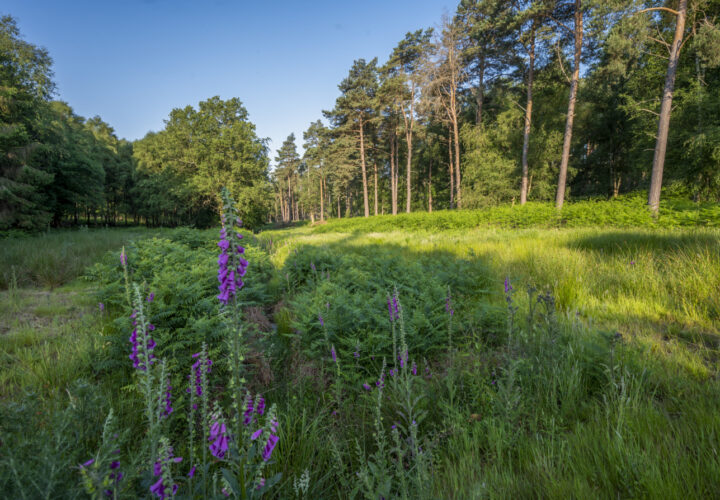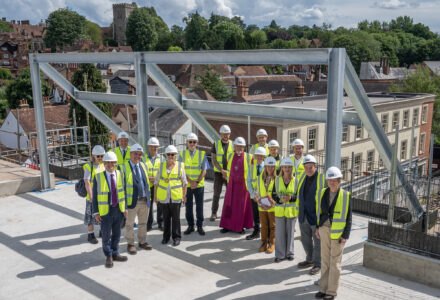How do we deliver an abundance of nature across the countryside?
This was the core question at a recent gathering of Hertfordshire land managers. Hosted by Gascoyne Estates at Hatfield Park, representatives of public and private land managers at all scales came together to discuss the emerging Hertfordshire Local Nature Recovery Strategy (LNRS).
Each county in England has been tasked with creating an LNRS, which will set out the blueprint for nature recovery. Bringing together data, evidence and personal experience, the strategy must be widely consulted upon before publication in 2025.
Gascoyne is leading engagement work with land managers on behalf of the Hertfordshire Nature Recovery Partnership. Land managers of all scales are critical to the success of the strategy because:
- Nobody has as good an understanding of their land than the people who manage it directly.
- They are close to the facts. Land managers have the ability to make changes to their land, and see the effects immediately.
More generally, private land managers account for the majority of Hertfordshire’s land. Integrating private land into the LNRS is central to creating the ‘bigger, better, more connected’ landscape which nature needs to thrive.
The event at Hatfield Park was structured around three sections:
What?
- Which species and habitats should the LNRS prioritise?
- What have we lost from the Hertfordshire landscape since our parents and grandparents managed the same land?
- What would we most like to see back in our rivers, woodlands and fields?
Where?
- Where are the areas of importance for biodiversity?
- Where are the opportunities to work across boundaries and organisations to deliver nature recovery?
- What features in the farmed landscape can create the corridors and connections critical for wildlife?
How?
- What is stopping land managers from engaging with nature recovery?
- What public and private funding streams are available and attractive?
- How can we increase confidence and certainty, particularly in private finance options?
Hertfordshire has an array of valuable habitats, most notably its internationally significant chalk streams. However, the collapse of nature has been dramatic across Hertfordshire and the UK. Since 1970, species abundance has reduced by nearly 20%, and 1 in 6 species are now facing extinction.
Private land managers, particularly farmers, have an opportunity to make a major contribution to nature’s recovery. From the introduction of beneficial features into their fields – for example wildflower strips or beetle banks – to the wholesale conversion of farmed land to habitat, the spectrum of options is vast.
With improved offers under government schemes such as the Sustainable Farming Incentive and a growing private finance opportunity, farmers and land managers now have a clearer financial incentive to make their contribution. By fostering further collaboration and increasing understanding, the LNRS has the potential to take positive action to help to reverse nature’s decline and deliver a wilder county.




